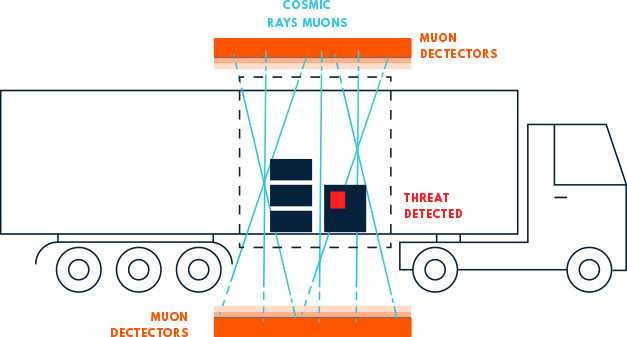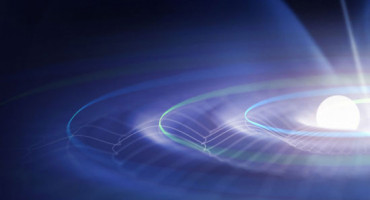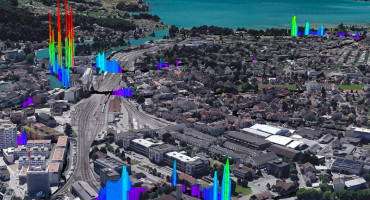Although the detectors are manufactured in a variety of form factors to support different spatial resolutions, they all follow the same operating principle: the incoming muons trigger ionization and electron multiplication in an inert special gas mixture located inside the detector. For this, it is essential that the detectors are first placed under vacuum, then filled with the special gas in a contamination-free manner, and finally hermetically sealed before they are put into operation. Three challenging process steps, to which Lingacom added three specific objectives when searching for the most reliable solution in terms of producing the detectors: 1) all three process steps should be merged into one; 2) the detectors should be capable of being opened and closed repeatedly; and 3) the solution should be easy to automate for future series production. Sounds pretty challenging, right? But: ISI, VAT's Israeli sales partner, came up with the perfect answer to this ambitious question! Enthusiastically, Lingacom and ISI agreed on a joint development, the basic idea of which Shlomi Sofer, the sales engineer responsible at ISI, describes as follows: "In close cooperation with our VAT colleagues in Switzerland, we adapted standard pump-out valves of the series 23 to Lingacom's special needs. In the case of the tube detector, where space is much more limited, we use DN25 valves. With the flat detectors, on the other hand, we can use DN40 valves." In both cases, the crucial difference to the standard solution is the plug: instead of conventional pump-out adapters, the VAT colleagues developed special plugs that are hooked onto the valve mechanism and serve as a vacuum-tight seal once the evacuation and the subsequent gas filling have been completed. Afterwards, the vacuum pump can be moved to evacuate/fill the next detector, while the plug remains in the already completed detector. But what if you do have to work inside the detector again? No problem! "In contrast to the traditional pinch-off technology, the plugs can be opened and closed as often as required. So our method is not only a viable alternative to the pinch-off approach, but it is also more sustainable because it can be reused," Shlomi Sofer proudly explains. "And unlike approaches where the valve remains on the detector, the plug cannot be harmed by sand, water and other environmental factors!" Since the plug provides a form-fitting seal, nothing protrudes from the detector that would require additional protection, as is the case with pinch-off solutions. Jürg Öhri, the responsible sales manager at VAT, also draws a very positive conclusion: "The plug method is a much safer, more reliable and more flexible sealing method than any other known approach."




